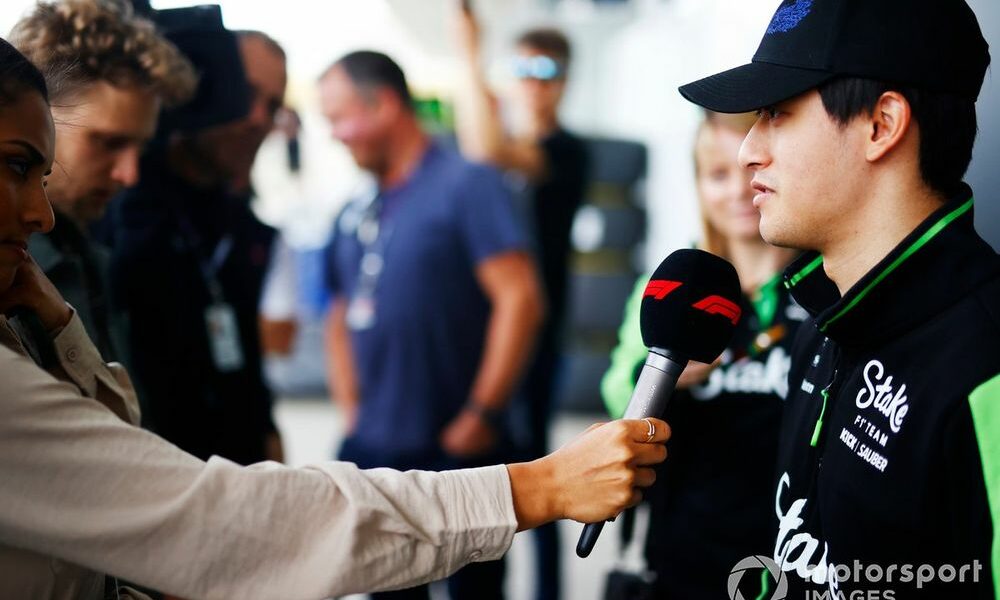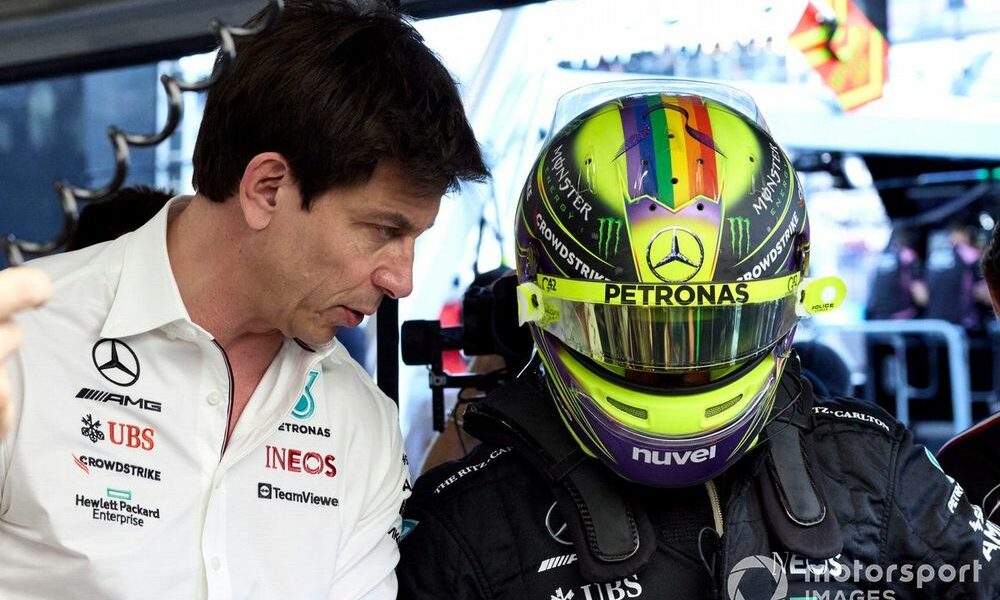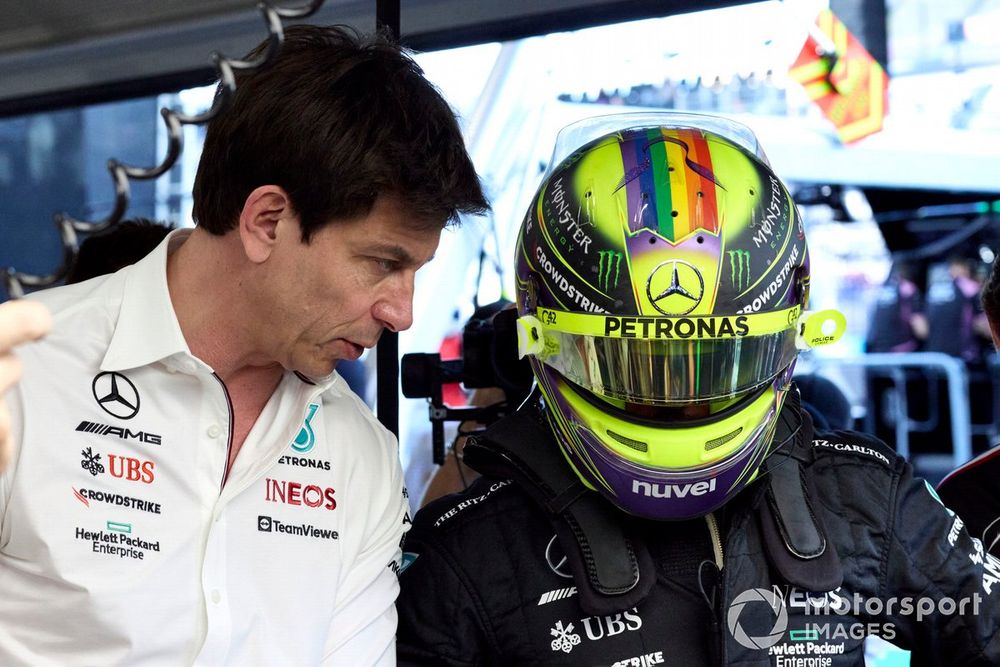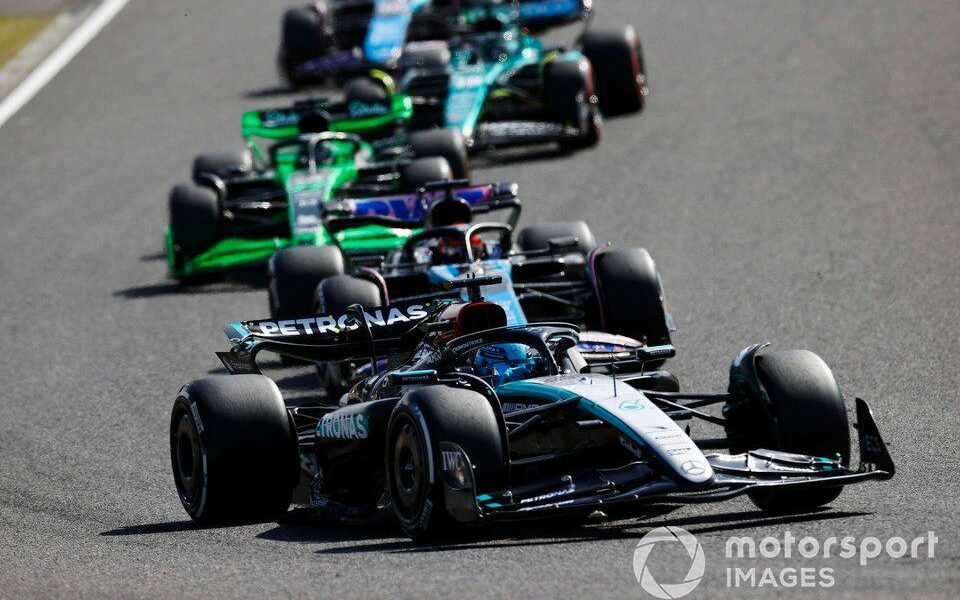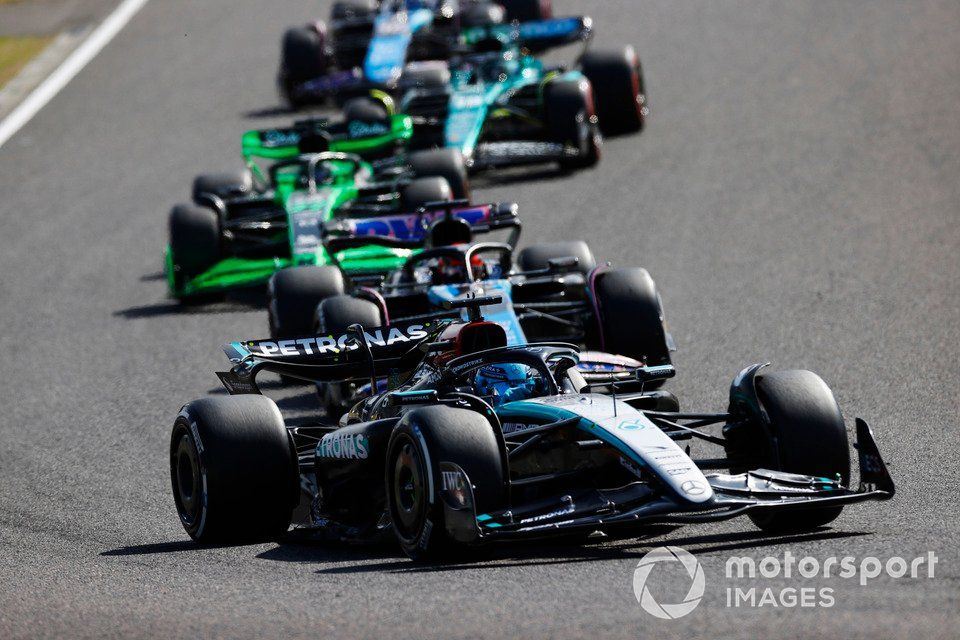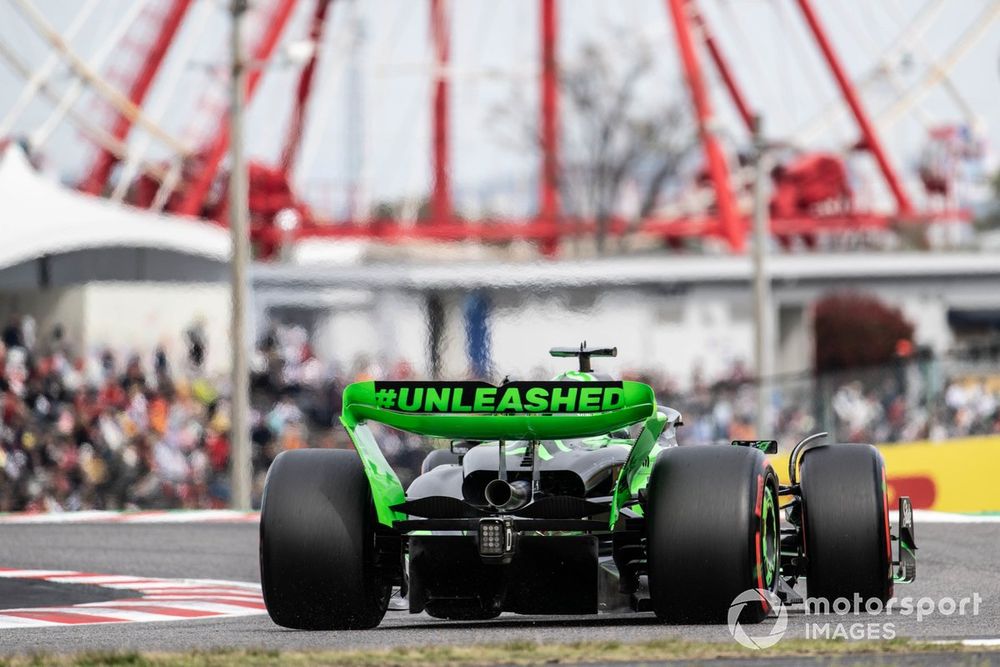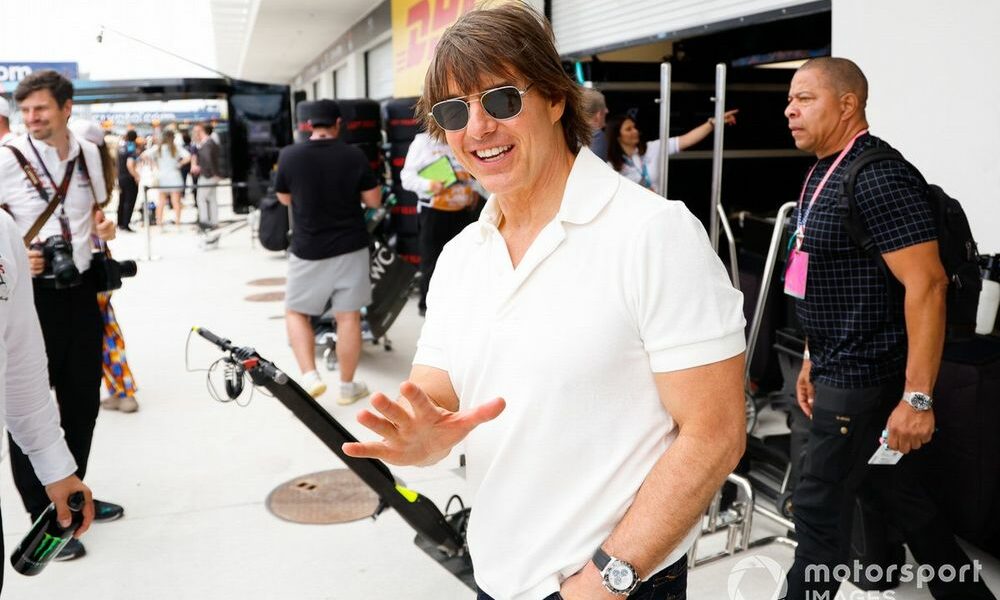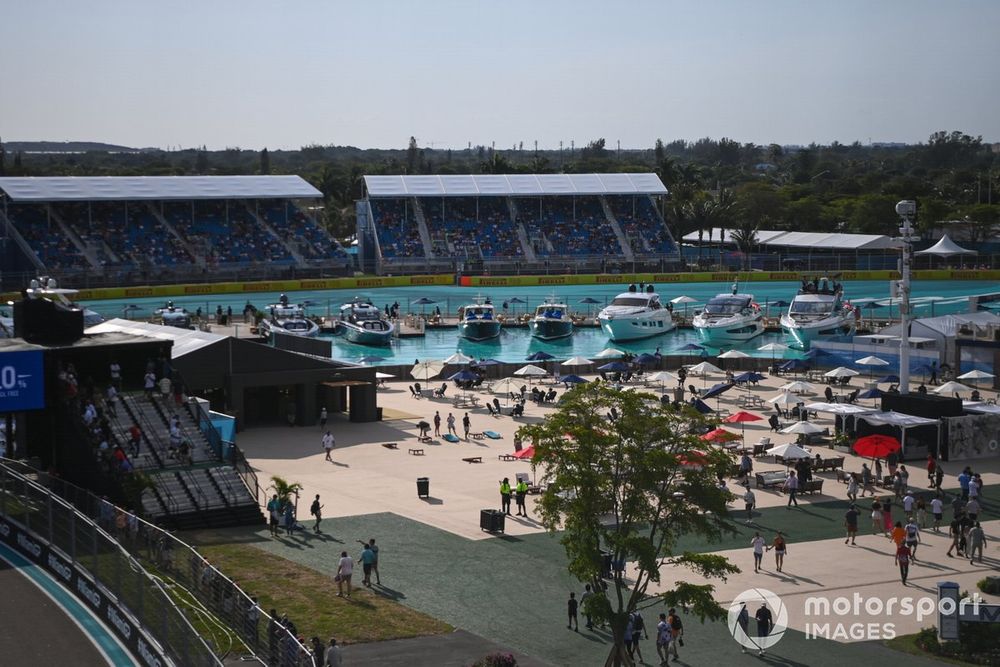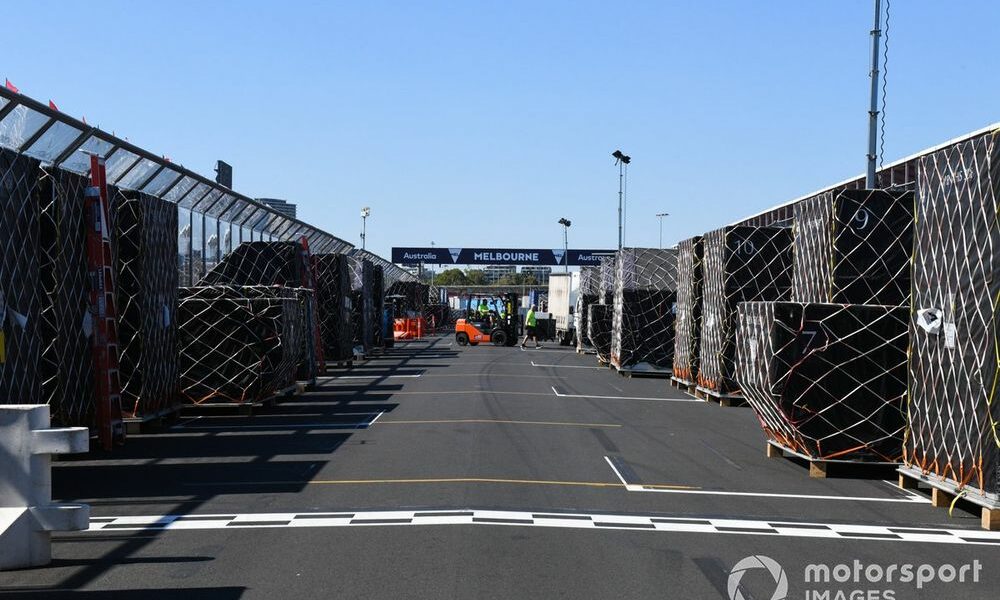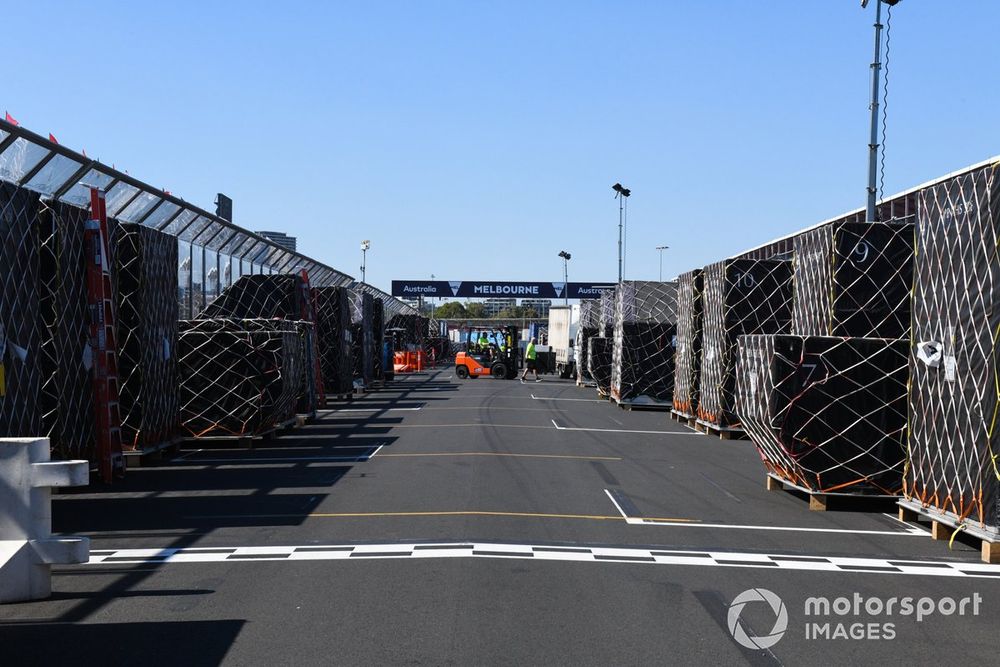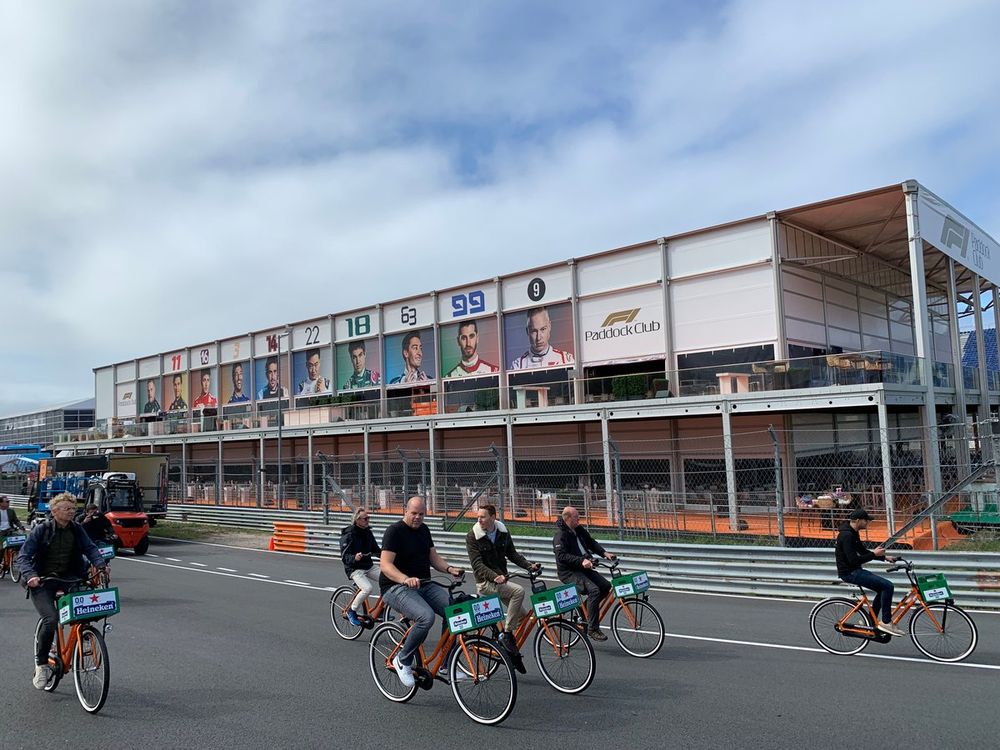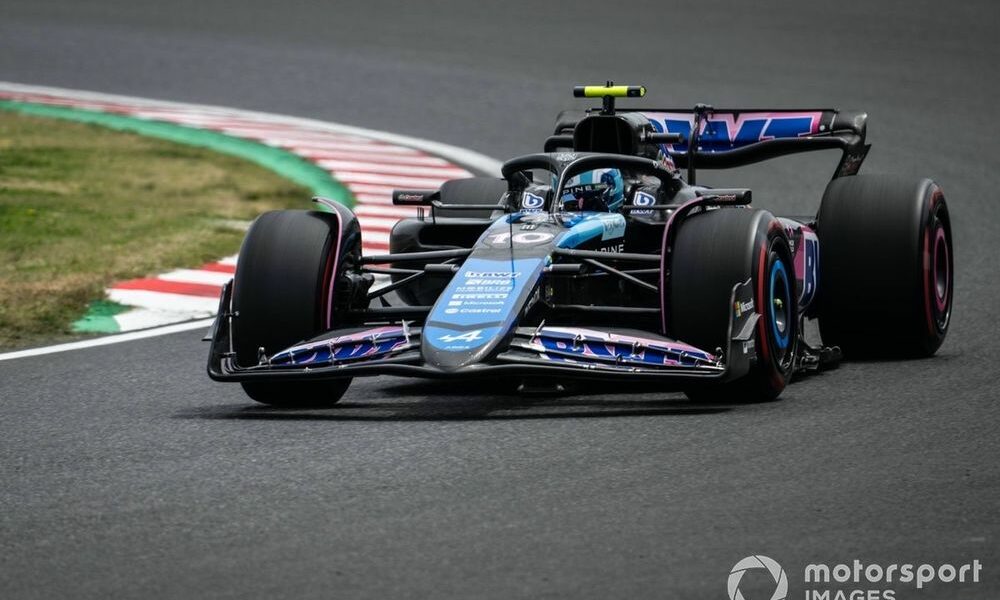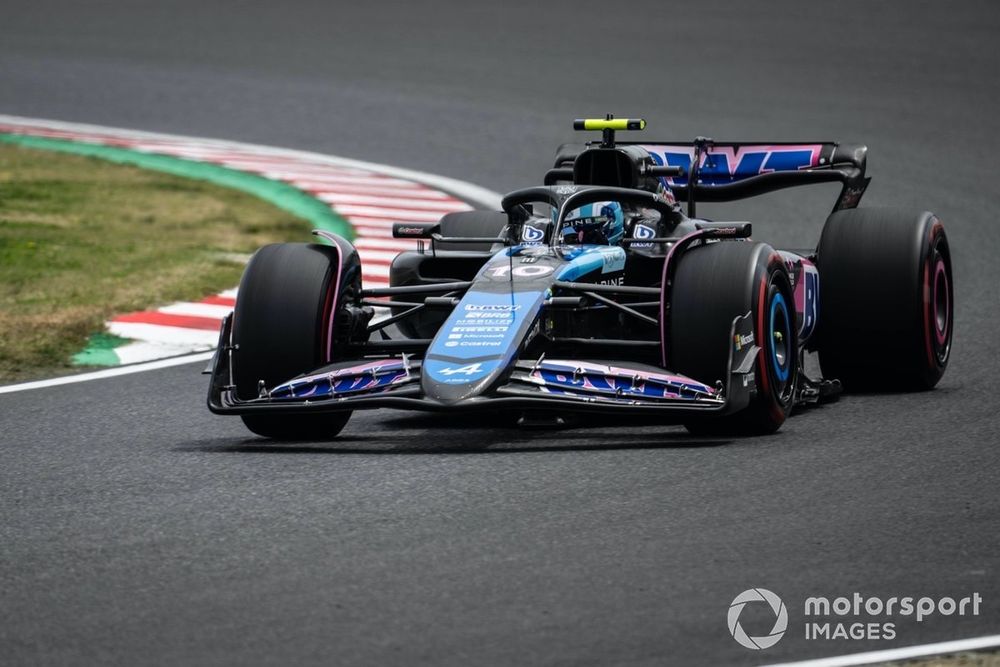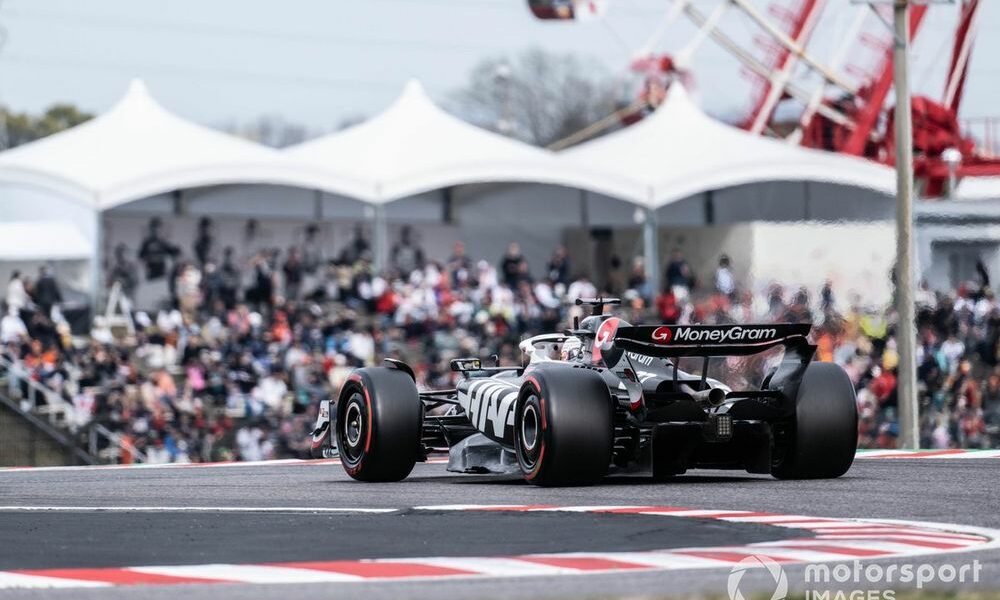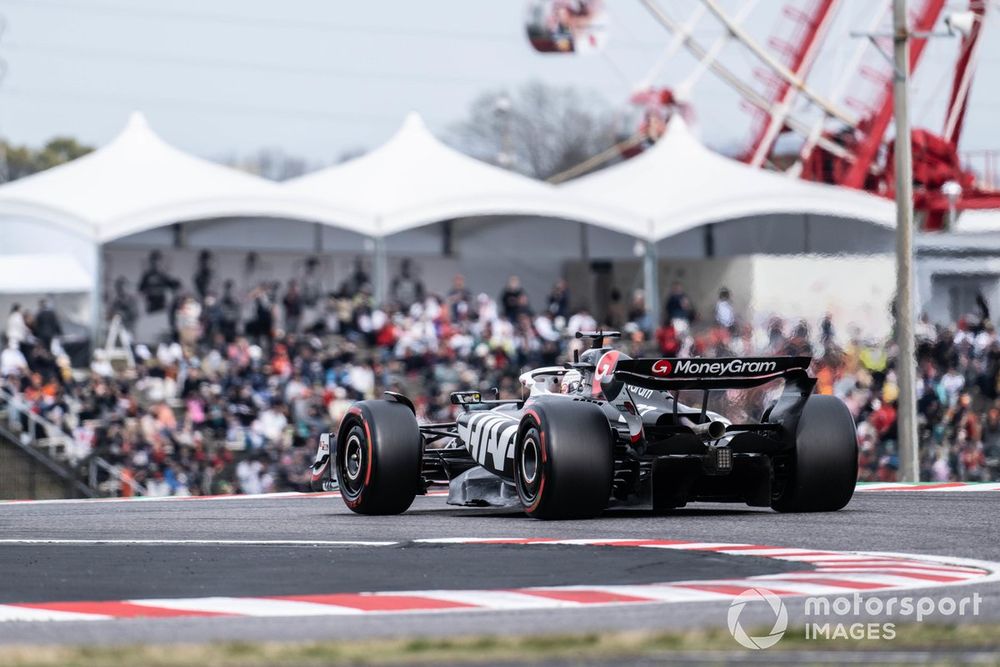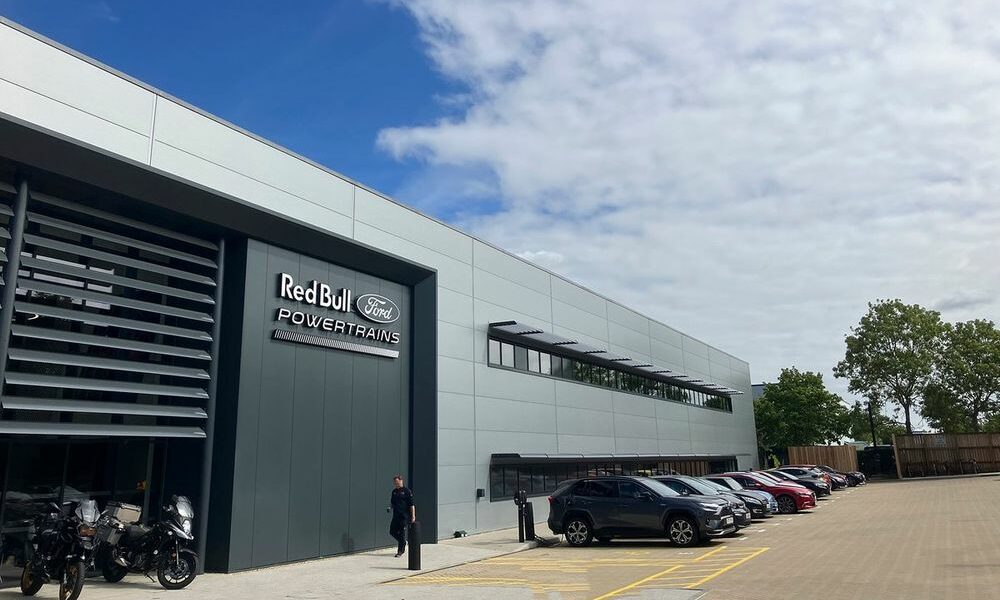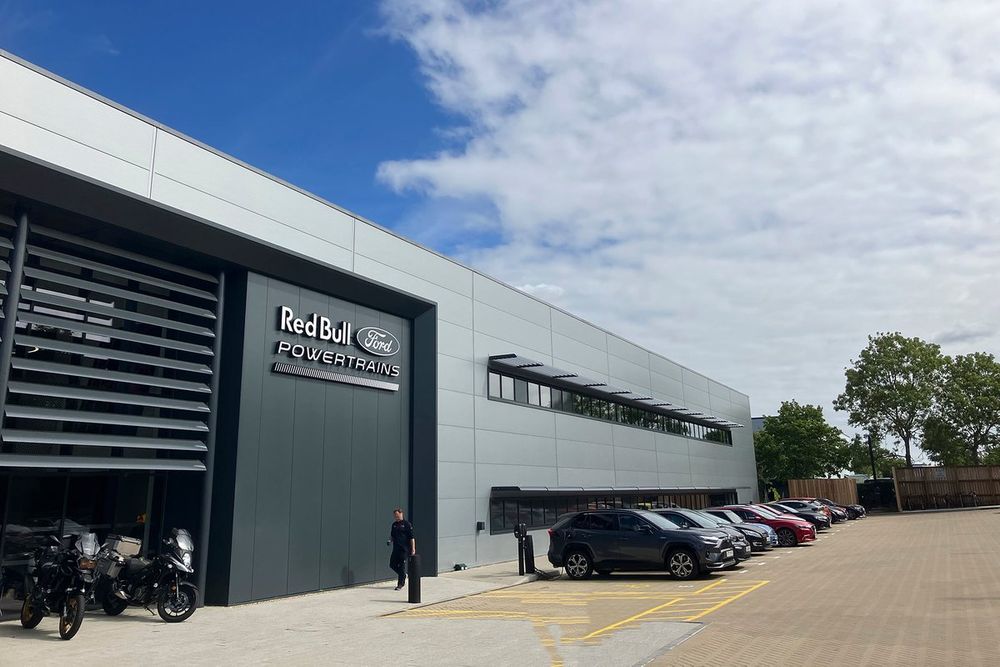On 13 May, in the week leading up to the Emilia Romagna Grand Prix, Christie’s Auction House will be offering a selection of watches from the personal collection of the seven-time world champion in an auction in Geneva.
The star item is a unique Platinum Vagabondage 1 that had been commissioned for Schumacher as a personal gift from his former Ferrari boss Jean Todt.
The watch showcases the strong bond between Todt and watch designer Francois-Paul Journe, and features symbols representing the German’s world titles, his helmet design and the Ferrari Prancing Horse emblem.
It is engraved with a dedication from Todt to Schumacher for Christmas 2004.
Christie’s estimates that the watch could go for anywhere between $1.2 and $2.2 million.
Another item of interest is a personalised Audemars Piguet that was commissioned for Schumacher by Todt for Christmas in 2003. It features a dedication to his then six titles and incorporates his red racing helmet from the time. This watch carries an estimate of £170,000 to £280,000.
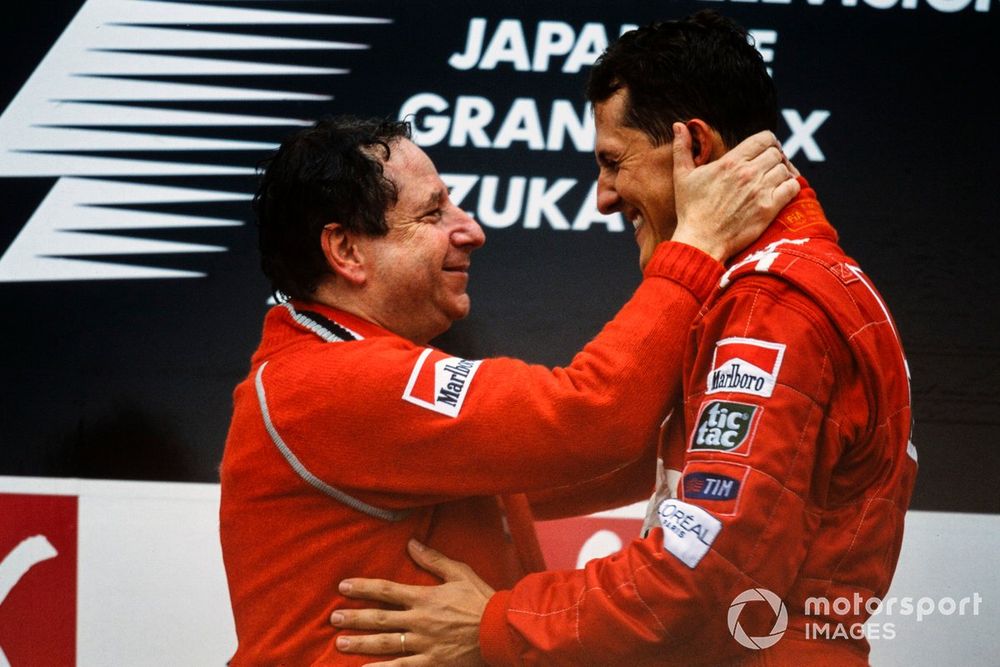
Jean Todt, Team Principal, Ferrari, and Michael Schumacher, 1st position, on the podium
Photo by: Motorsport Images
A third watch that stands out is a Rolex Daytona Paul Newman that Schumacher owned – which carries an estimate of $230,000 to $440,000. This is an example of the most recognisable and famous steel chronograph from the watchmaker.
Speaking about the auction, Rémi Guillemin, Christie’s Head of Watches Europe and US said: “Christie’s expresses sincere thanks to the Schumacher family for their trust in us and their wish to share these masterpieces of horology with other passionate collectors around the globe.
“We are proud to present these iconic and unique timepieces belonging to one of the most celebrated Formula 1 legends. An exceptional moment, for watch and F1 enthusiasts alike. We are looking forward to meeting with passionate collectors during our international exhibitions and the auction on 13 May in Geneva.”
Schumacher remains one of the most successful F1 drivers in history and shares the record of seven world titles with Lewis Hamilton.
He retired from F1 at the end of 2012, following a brief comeback with Mercedes, but suffered severe head injuries the following winter in the skiing crash that left him in a coma. His condition since then has been kept private by his family.


